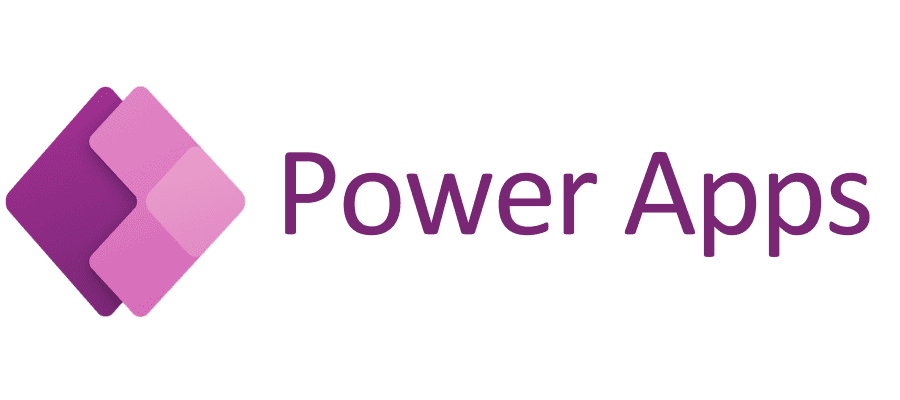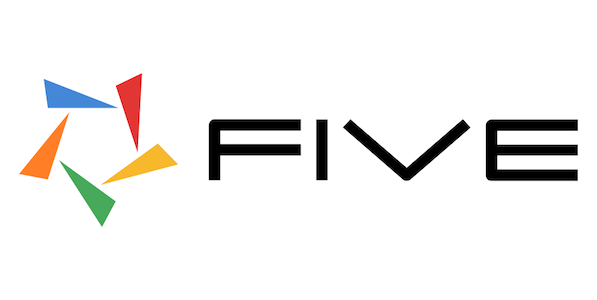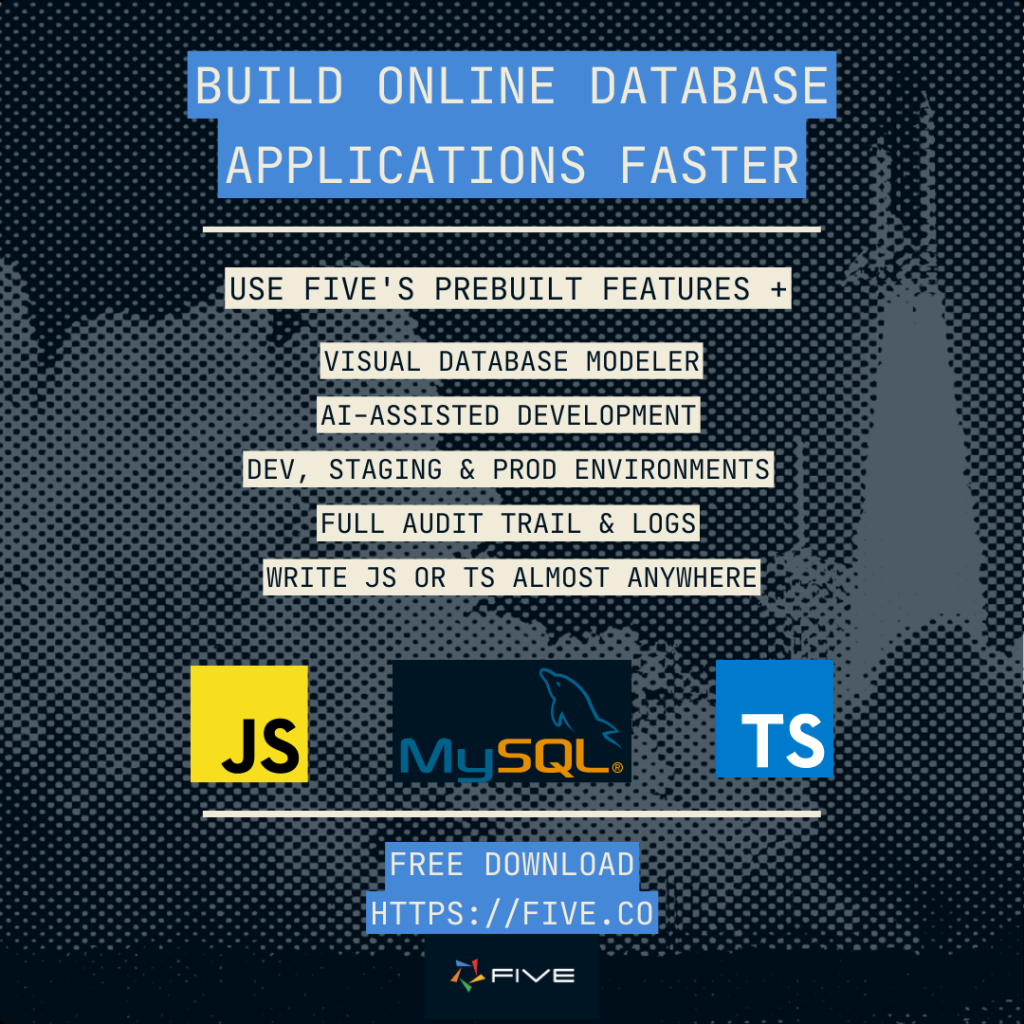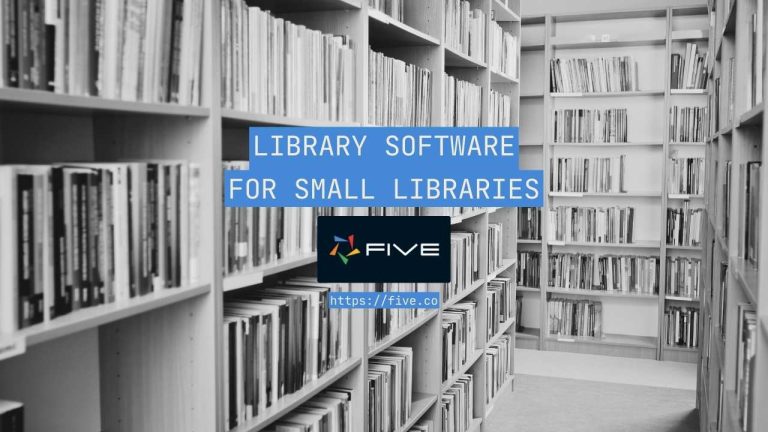Meet Five: A Popular Power Apps Alternative
Meet Five, a Popular Power Apps Alternative
By 2025, 70% of newly developed applications will use low-code or no-code technology, up from less than 25% in 2020, according to IT consultancy Gartner.
Especially in business application development, no-code and low-code will become the dominant approaches to application development: business apps first and foremost need to be functional. This makes them ideally suited for no-code or low-code platforms, which provide users with prebuilt features focused on business application development.
Facing this application development boom, the need for powerful and flexible application development platforms is evident. While Microsoft Power Apps remains a popular choice, it often faces limitations in usability and customization. This is where rapid application development Five emerges as one of the best Power Apps alternatives.
Five allows you to rapidly build modern data-driven applications with efficiency and without writing mountains of code. Powered by a SQL backend, it provides a scalable platform for rapidly building data-driven web apps.
Let’s explore the differences between Power Apps and Five, and better understand when Five is a suitable Power Apps alternative.
Microsoft Power Apps: Citizen Developer Platform

Microsoft Power Apps is Microsoft’s citizen development platform, designed to enable anyone – regardless of whether they are a coder or not – to build business applications.
A no-code application development platform, Microsoft Power Apps lets you build custom business apps for internal teams. Departmental applications, such as simple workflows, data collection apps or small business systems are prime candidates for development in Power Apps.
Power Apps is part of the larger Microsoft Power Platform, which also includes Power BI (business intelligence and dashboarding), Power Automate (workflow automation), and Power Virtual Agents (chatbots).
With Power Apps, you can create apps that connect to your data, whether data is stored in the cloud or on-premises.
There are two main types of Power Apps: canvas apps and model-driven apps.
Canvas apps are like blank slates where you can design your app from scratch. You can add controls, such as buttons, text boxes, and lists, and then define how they interact with each other.
Model-driven apps are based on a data model that you define. This data model can be created in Power Apps or in another tool, such as Microsoft Dynamics 365. Once you have your data model, you can use Power Apps to generate forms, views, and dashboards that let you interact with your data.
Power Apps takes a very visual approach to development. Its main interface is a drag-and-drop editor that can be used to visually create an application. This makes Power Apps suitable for use by citizen developers, i.e. all those who are not software developers.
Software developers, on the other hand, often find Power Apps a little bit too simplistic and restrictive. Because of its strict adherence to no-code principles and Excel-like logic, it doesn’t offer the full flexibility that more advanced developers are used to. It also doesn’t do a great job in code reuseability, versioning and responsiveness.
Last, because Power Apps makes it so quick and easy to launch new apps, it can contribute to “shadow IT”, i.e. apps that are launched outside of the oversight of central IT. For larger organizations, this can create risk and lead to a patchwork of “mini apps” that aren’t maintained or controlled by a professional QA and support team.
Five: Build SQL-Based Data-Driven Web Apps

Five is a rapid development environment, which allows you to build applications on a SQL backend. It is designed to make the process of going from data to web app quick, easy, and seamless.
Five doesn’t have the constraints associated with complete no-code platforms, such as Power Apps.
Five offers pre-built features that can be mixed with full code practically anywhere. This ensures you have the freedom to build any business application you wish. However, Five also comes with a learning curve: to use Five efficiently, an understanding of SQL is a must.
Five excels at building internal tools like CRM systems, membership systems, product inventory systems, and any use case presented in our use-cases page. Unlike Power Apps, Five doesn’t restrict who can use applications that you are building: both internal and external users can use apps built in Five.
All applications built with Five come with an integrated MySQL database, or can be connected to 3rd party data sources, such as an existing, external database or a REST API.
Apps built in Five are also responsive out of the box, meaning they automatically resize based on the a user’s device (desktop, tablet, or mobile).

Similar to Power Apps, Five gives you the ability to connect to almost any data source, including all major relational databases, such as SQL Server, SQLite, and MySQL.
You’re also not confined to just one data source when developing applications. Integrate your Azure-hosted Microsoft SQL Server database, incorporate a REST API, and use Five’s built-in MySQL database — all within a single application. Essentially, any data source that offers access to data can be used throughout your development process with Five.
As stated Five gives you your own MySQL database. Five allows you to perform operations like SELECT, JOIN, UNION, plus other operations as you would in any database management tool. Additionally, Five provides a visual query builder for those who prefer to build their queries visually without writing SQL syntax.
Five automatically creates a web interface, including forms, charts, dashboards, or PDF reports on top of your database – no front-end skills or coding skills required!
Read this article to learn How to Create a Front End for an SQL Server Database in 4 Steps or this Excel to Web App [Quick, Easy & Free 3-Step Tutorial]
Pricing Comparison
Let’s dive into the language everyone speaks – pricing!
Note: Users in this case means end users who will be accessing and running the finished apps.
- Power Apps:
- Per-app pricing: $5/per user/app/month
- Per-user pricing: $20/per user/month (unlimited apps)
- Pay-as-you-go: $10/per active user/app/month
- Five:
- Per-app pricing: Starts at $27.49/app/month (unlimited end-users)
- Tiered plans (Basic, Team, Business) with varying storage, compute, and developer capacity
To simplify these numbers: If you developed an app with 50 end users on PowerApps, you would have to pay:
- Per-app Pricing: $5 per user/app/month. If each user only accesses one app, it would be 50 users x $5/user/app = $250 per month.
Or
- Per-user Pricing: $20 per user/month for unlimited apps. This would be 50 users x $20/user = $1000 per month.
Or
- Pay-as-you-go: $10 per active user/app/month. This cost is applicable only if users are active. If all 50 users are active, it would be 50 users x $10/user/app = $500 per month.
Whereas with Five you’ll only have a fixed monthly fee of US$27.4 per month no matter how many users you have using your app!
Key Differences
- Power Apps charges per end user, while Five offers unlimited end users for all plans.
- Five offers free local development with unlimited testing, while Power Apps requires a license for development.
- Five allows deploying to the cloud when ready, while Power Apps requires further licensing for deployment.
- Five lets your commercialise your apps, i.e. you can resell them as if they are a software solution. With PowerApps, you can’t really do that.
Ready to ditch Power Apps constraints? Get Five and start building.


